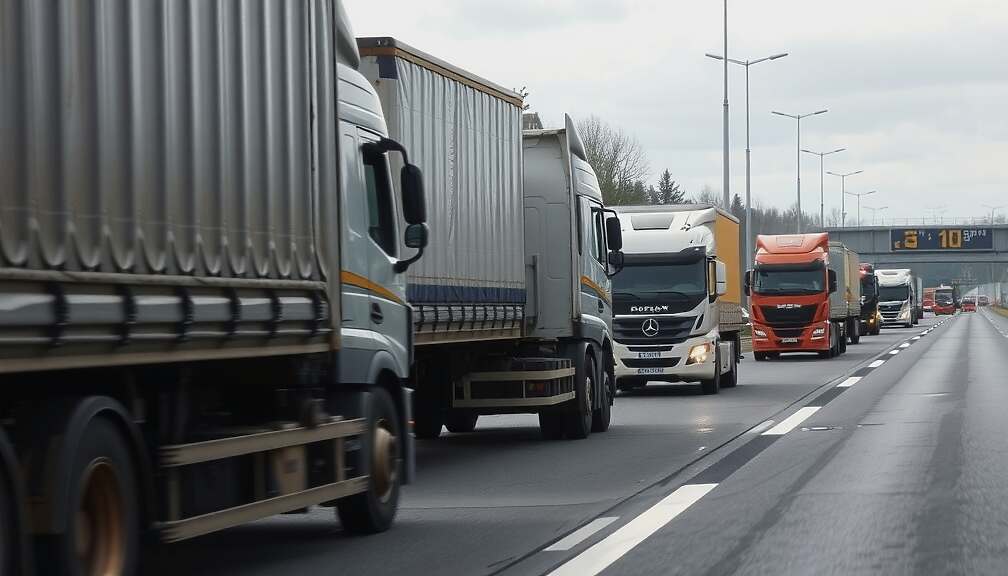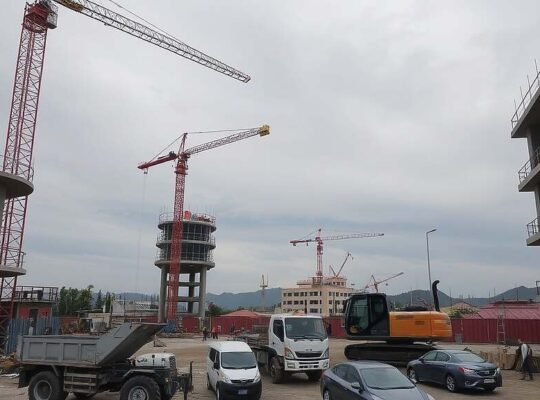Subtle Uptick in Truck Toll Usage Signals Tentative Economic Shift
Data released Thursday by the Federal Logistics and Mobility Office (BALM) and the Federal Statistical Office (Destatis) reveal a slight increase in the mileage driven by heavy goods vehicles subject to tolls on Germany’s Autobahn network. The seasonally and calendar-adjusted Heavy Goods Vehicle Toll Mileage Index registered a 0.5% rise in September 2025 compared to August 2025. While seemingly marginal, the figures are drawing scrutiny from economists keen to interpret early signs of economic recovery, or lack thereof.
The latest index, however, remains 0.3% below the levels recorded in September 2024, suggesting the rebound remains fragile and uneven. The discrepancy highlights a complex economic landscape, where improvements are struggling to maintain momentum.
The toll mileage index is widely regarded as a leading indicator of economic activity, particularly industrial production, as transportation volume is intrinsically linked to output and demand. Its earlier availability relative to production indices makes it a valuable tool for forecasting economic trends. However, analysts caution against drawing definitive conclusions without a sectoral breakdown, which remains unavailable, preventing a nuanced understanding of which industries are contributing to, or hindering, the observed shifts.
This subtle uptick comes amidst ongoing debates surrounding the government’s economic policies and their impact on the logistics sector. Critics argue that the current toll structure, alongside broader regulatory burdens, disproportionately impacts businesses and could be dampening investment and hindering overall growth. Further monitoring of the index in coming months will be crucial to determine whether the September increase represents a genuine turnaround, or simply a temporary fluctuation within a period of prolonged economic uncertainty. The lack of granular data by sector continues to present a significant challenge for accurate economic forecasting, leaving policymakers with an incomplete picture of the nation’s industrial health.












